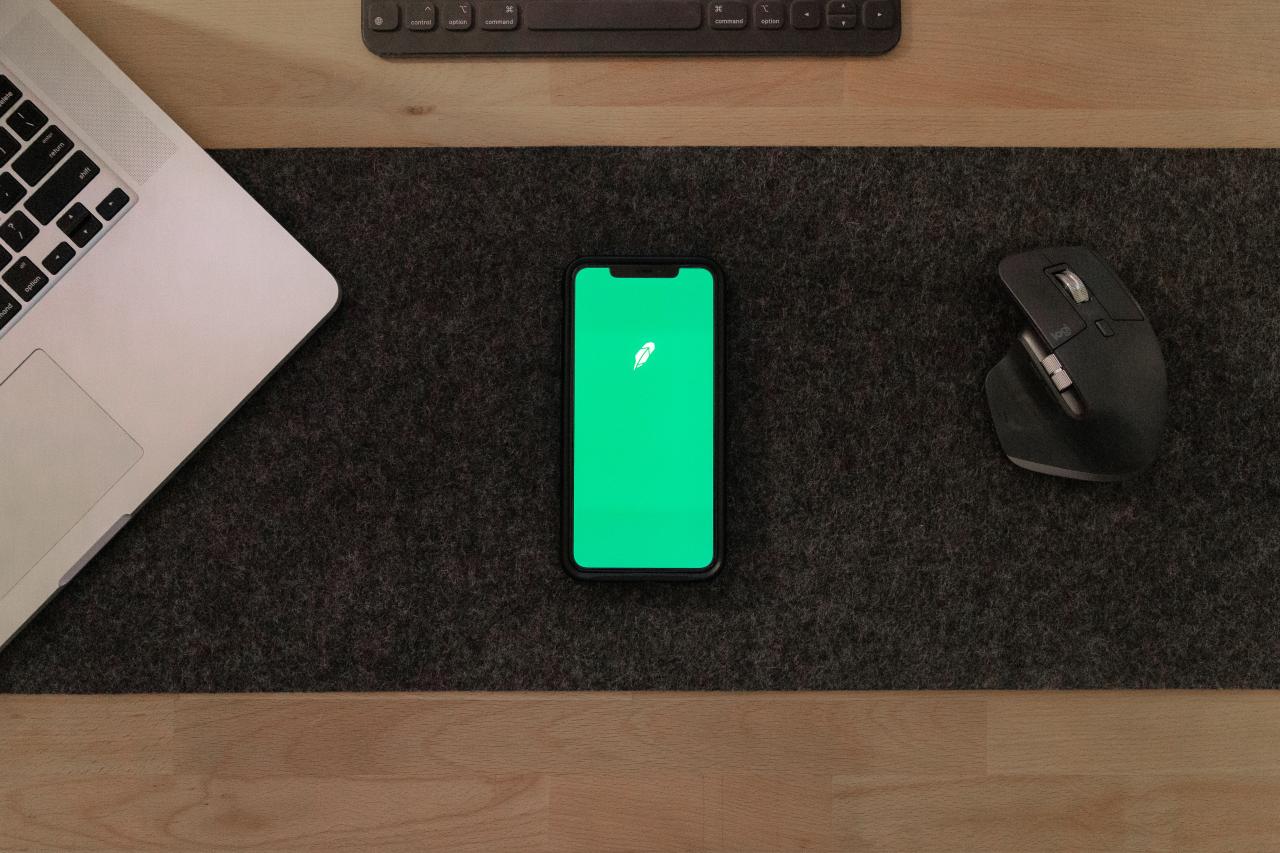Micro-investing is growing in popularity and is becoming more prevalent for beginners exploring the potential of investing. Micro-investing in a simple definition is investing with small amounts of money on purchasing fractional or micro shares of stocks also known as ETFs.
In the past, people wanting to invest in stocks felt limited in most cases not having enough financial resources to buy a full stock share. The concept of micro-investing removes barriers and makes investing more accessible to more people with flexible finances.
This flexible financial opportunity is drawing the attention of young and/or beginner investors that is easy to get started with apps you may have heard of like Stash and Acorns. Micro-investing is great for buying partial shares and expands the opportunities of creating a diverse portfolio.
One of the most common tips for investing is having a diversified portfolio and micro-investing can help build a more diversified portfolio through the balanced investment approach. Micro-investing gives investors the chance to buy multiple partial stocks for the same price as buying one whole stock.
The growth of micro-investing can be attributed to the use of apps for micro-investing like Acorns and Stash. These apps are great for beginners with an easy platform to navigate where investors can choose to round-up payments by depositing the spare change into an account to be invested with performance options for portfolios.
These apps also make it easy to choose a preference for portfolio performance options depending on investment strategies from conservative (less risk, lower reward) and aggressive (more risk, higher reward). Another appeal of using these apps is having access to robo-advisors that can recommend the best option for investors depending on their goals based on personal aspects like income, age, target retirement age, and more. Some of the best apps to get started with micro-investing are Acorns, Stash, Betterment, Robinhood, and Twine.
These programs can also help to create a diverse portfolio through multiple asset classes beyond stocks including bonds, real estate, commodities, cryptocurrency, and money market vehicles (cash equivalents). The most common feature for funding these investments is through a spare change feature that rounds up your purchases to be invested in your account.
There are other features to investing a certain amount depending on what is good for your financial situation. Some of these platforms offer a multiplier feature to multiply the investment amount if users want to invest more through their spare change automatically from purchases. Another option to invest beyond rounded-up changes with one-time direct deposits or monthly automatic payments starting at a minimum investment of $5.
Micro-investing is a great starting point for investing on a smaller scale without making a major financial commitment to participate. Micro-investing also provides an opportunity for hands-on learning about market volatility, asset allocation, tax-loss harvesting, EFTs compared to mutual funds, etc.

